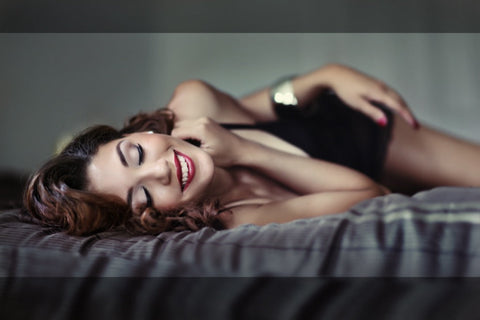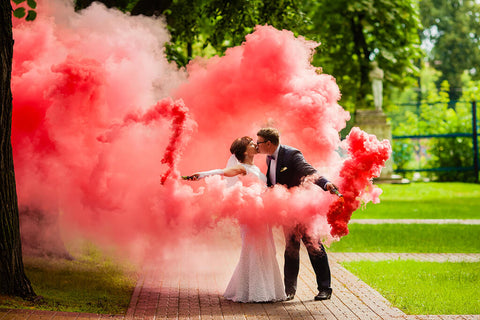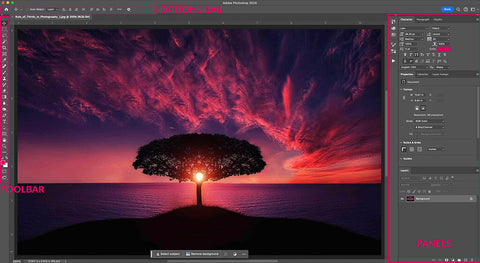- Lightroom Presets
- Mobile Presets
-
Photoshop
-
Learn
-
Support
-
Install
- Best Sellers
- Blog
By Pretty Presets on | No Comments

If you’re a beginner to food photography, the idea of making food look appetizing may seem a simple one, however, there is a little bit more to the process when photographing your edible subject.
By using your camera creatively, you can capture the essence of delicious food so that it jumps out of the image and entices your viewer.
If you’re about to try your hand at food photography for the first time, here are some beginner’s tips to help you on your way.
When you’re taking photos of your food or meals it’s important to consider the background – will it be IN FOCUS or OUT OF FOCUS and what is the best aperture for the shot. For food photography, usually shallow depth of field is ideal as you can get closer to the food to make it the feature of the image as it should be.

We’ve all been told LESS IS MORE, and this is certainly holds true in food photography. Remember the focus should be on the food, so don’t overcomplicate the shot and make sure the visual clutter is kept to a minimum.

Sometimes in food photography things can get messy. Don't worry! Embracing the mess and photographing the story that goes along with it is a FANTASTIC way to tell BOTH the story of the dish and the preparation of the food.
Keep in mind, you can stage the mess using things like crumbs, lots of flour if you’re baking, a sprinkling of fresh herbs, or shavings of extra cheese… you name it.
Try making your shot a little messy and see what the results are in your photography!

With so many people using Instagram and Pinterest these days, composing shots has become super popular and much more widely used within photography circles.
Setting up your shot elegantly while adding in elements such as a knife, herbs, silverware, chopping boards, or any other items that work to frame your food simply can work to add an extra dimension to your photography.
As you view professional food blogger's photos online, you will notice that many use the rule of thirds in their composition, so make sure you are aware of how that works utilize it as needed.

Using a high ISO allows for faster light to get into the camera and when you are photographing food indoors you will want the highest you can get.
Experiment with your ISO setting between 1600 and 3000 to get the best results. At the end of the day your ISO will reflect your photography style, so it’s important for you to explore these options.

Proper lighting on the food can make or break the image, so be sure you are using plenty of natural light and adjust your camera's manual settings to suit the current light within the room.
Make sure you are aware of the natural lighting in your space when you are composing your shot so you can set up the space to take advantage of the light for best effect.

While you might seek inspiration from the many famous food bloggers and photographers across the internet, try to create a style that is all your own!
Experiment with composition, lighting, exposure and/or layouts to inject your own personality into the shots just as you would with any type of photogrphy. If you follow these tips, you will find that food photography is deliciously rewarding and a really fun style of photography to experiment with!
Bon appetit.
Additional recommended tutorial: Iphone Food Photography (How to Take Cravable Photos)
Do you have any questions or comments about Food Photography? Leave us a comment below - we would love to hear from you! And please share this post using the social sharing buttons (we really appreciate it)!




Comments